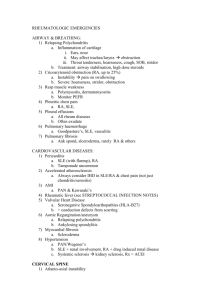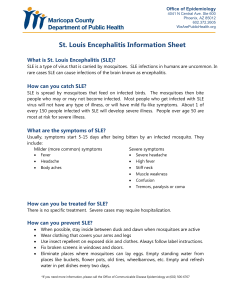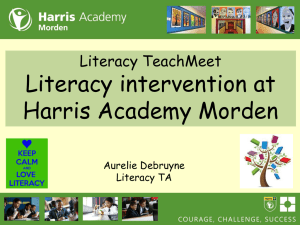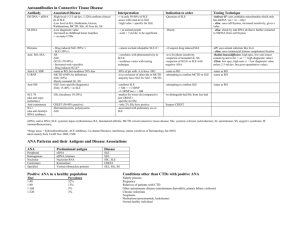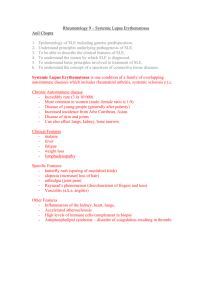What is a Structured Learning Environment?
advertisement
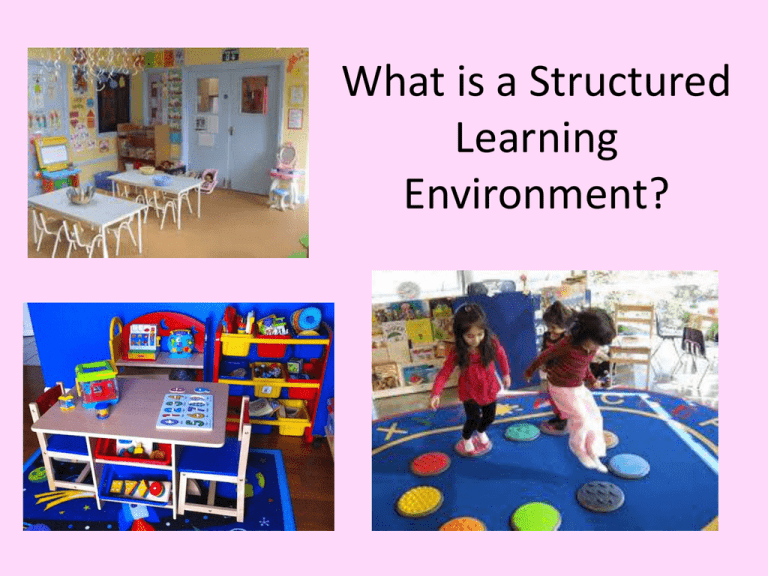
What is a Structured Learning Environment? Program No one wide Methodology (Graduated used Guidance) Limited Literacy Literacy Instruction AccessDaily Communication Communication system used systems used throughout the during specials day 100 planned and group time Opportunities Personal Personal care Independence opportunitiesin self-care and limited due to behavior schedule The Structured Typical Cedar Learning Lane Environment Classroom Every Classroom Daily Schedules is forSchedule student/staff different w/3 IST’s Inclusion Typical Peers & Opportunities Daily Inclusion not Equal for all for all students Multiple Limited Mobility Mobility opportunities daily Motivational Learning, 30-50 % pairing Down reinforcement Time Daily 80% engagement • It is a classroom that provides each student with individualized structured teaching throughout the school day and multiple opportunities to practice skills • A classroom where physical space is organized to promote student independence, active engagement and positive peer interactions • A classroom that is motivating, reinforcing and behaviorally functional What else? • It is a classroom that maintains coherent and intensive instruction and evaluation (curriculum based) • It is a classroom that uses research validated methods to meet the individual needs of the student (graduated guidance, errorless, etc.) • It is a classroom that proactively provides progress information to the teacher and student (data driven) • A place where intentional teaching occurs (planning, preparation with supports for students and adults) • In other words......... A Place Where Kid’s Learn The Most What are the benefits? o The teacher has complete control over what is being learned and can provide more prebuilt opportunities for learning. o Teachers will be able to be better organized to maximize learning time for students. o Encourages consistency/integration of services o Since the outcomes are specific the learner can be assessed in more reliable ways. o Research has found that students in organized and structured classrooms demonstrate more on-task behavior and higher academic achievement (Heflin & Alberto. 2001). o When students learn how to follow procedures they are more secure about their environment and what is expected of them. o Should see fewer behavioral issues when students are all able to be kept busy appropriately. o Students will be better able to use assistive technology in all environments. o Maximizes staff time for instruction to students.. o Will provide opportunities for more in depth training of paraprofessionals What Are The SLE Keys To Success? Student focused Good Planning Collaboration Ongoing Evaluation IEP goal driven, differentiated instruction (universal design) active engagement, communication system used throughout the day, most to least prompt hierarchy Objectives aligned with curriculum, Planning for 3 IST’s plus 100 communication opportunities daily, developing routine based schedule (staff/student), instructional systems and appropriate methodology (ie Graduated Guidance) literacy instruction throughout the day Co-planning with staff, co-teaching with other classrooms, sharing of student information (goals, behavioral etc.) with Para's and other classroom staff, home visits, coaching staff/parents Develop and instruct the use of appropriate data systems, environmental set up for structured learning (small groups/individual and large group), positive behavioral supports, participate in professional development How do we get there? • Setting goals for our students (Inclusion, Mobility, Communication, Literacy) • Setting commitments for ourselves (How is my classroom a structured learning environment? I can make it better!) • Participating in staff development to establish highly structured learning environments for all students • Working and planning collaboratively with RA, RS, Para’s and other classroom teachers • Ongoing evaluation and revision (weekly minimum) SLE program component checklists for EC SLE program component checklists for Primary SLE program component checklists for Intermediate SLE things to remember • Utilizes active learning strategies and curriculum based instruction • Incorporates graduated guidance (or other instructional strategies, as appropriate) to meet individual child needs • Incorporates communication system into all instructional activities • Incorporates literacy instruction throughout the daily routine • Differentiates instruction to accommodate the child’s developmental level and learning style • Utilizes a prompt hierarchy (most to least) and provide potent reinforcement to ensure success • Includes at least 3 intensive structured teaching sessions per day for skills that require massed teaching opportunities for each child • Designs at least 100 opportunities daily for use of functional communication skills • Students are engaged 80% of their time in school • Utilizes appropriate data systems to document student progress Program wide Methodology (Graduated Guidance) Literacy Instruction Daily Communication system used throughout the day 100 planned Opportunities Personal Independence in self-care and behavior Structured Learning Environment Daily Schedules for student/staff w/3 IST’s Typical Peers & Daily Inclusion for all students Multiple Mobility opportunities daily Motivational Learning, pairing reinforcement 80% engagement


